The Native Habitat Program is geared toward reconnecting habitats one yard, one garden, at a time. Anyone with a yard, big or small, can turn their yard into a natural setting that attracts birds and butterflies and supports sustainable ecosystems.
The program involves a certification checklist that covers five categories: water, sustainable practices, breeding places, food, and cover. Each category has a list of best practices. Participants will check a certain number of best practices in each category to earn the certification.
Coastal Alabama is being developed at an alarming rate, with developments encroaching on wildlife habitat, wetlands, and open spaces. Ecosystems are being quickly damaged by what’s known as fragmentation. For every homeowner or business that creates a native habitat in their yard by following the certification process, we are closing the gaps between productive habitats that sustain the entire ecosystem.
Restoring native habitats and closing the gaps between productive habitats is really about saving the biological world from another mass extinction. Throughout Earth’s geological history, there have been at least five mass extinctions – a biological crisis in which a dramatic decrease in biodiversity – the variety of living species – occurs.
Biodiversity is the string that holds the biological world together. If a key species is lost from an ecosystem, the entire system can decline. You may look at an agricultural field and see only corn, but what you aren’t seeing are the hundreds of distinct species of soil microbes, amounting to one ton per acre, hard at work breaking down matter that create available nutrients for the corn’s roots to absorb.
A mere teaspoon of soil can harbor 10 billion microbes alone, emphasizing the unseen importance of biodiversity.
Loss of biodiversity is a crisis for the living world, including humans. It places all remaining species under threat, including the microbes and fungi that supply nutrients to our crops. The late, great E.O. Wilson recognized this dilemma, inspiring his call for the conservation of 50 percent of the planet.
Native Habitat Certification program is, primarily, an education program. It will include workshops on native vs. non-native plants, pollinators, soil types, and more, SALT-hosted tours of certified properties, and literature that will be available at plant nurseries and distributed to organizations such as garden clubs, homeowners’ associations, school environmental and horticulture clubs, and scouts.
The program will also include education and resources on nesting houses for birds. SALT will provide bird boxes for purchase and will also hold workshops on building bird boxes during which participants will build and take home a birdhouse. These workshops will include education on the right kinds of bird boxes for both migrating and local birds, proper installation, and information about the birds.
SALT’s social media channels will include information on best practices, native plants, local resources, and photos of certified yards and yards in progress.
Additionally, SALT is incorporating the principles of native habitats into the restoration of a 60-acre, SALT-owned property. Future plans include hosting field trips for after school and summer programs to the property.


